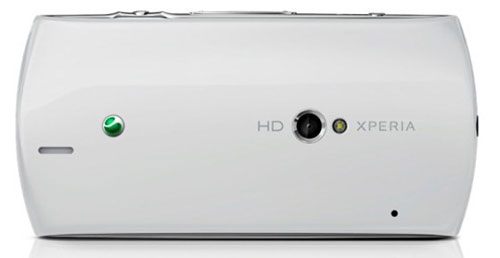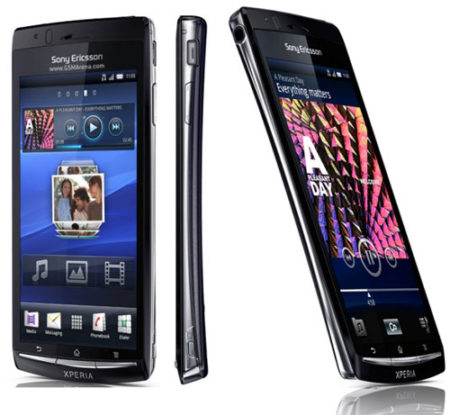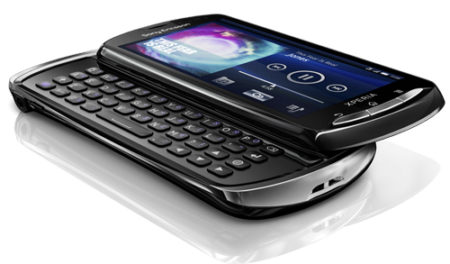
The Xperia Neo V, one of the last handsets to carry both Sony and Ericsson’s names following the break-up of the years-long partnership between the two companies, is a relatively inexpensive smartphone that offers much of the same operational functionality of more expensive models but with less of the hardware.
Considering it costs R3 999, the hardware sacrifices are understandable. But the decision to use the “Neo” moniker is peculiar considering there’s little new about it.
The Neo V’s multi-touch, 3,7 inch, 480×854-pixel display — with pixel density of 265 pixels per inch — is bright and crisp and stands up well to rivals offerings. Also, with the screen being a little smaller than some similar phones in the market, battery life is decent, lasting more than 24 hours in regular use.
Weighing only 126g and encased in a glossy plastic shell with a curved rear cover, the Neo V does its best to look classy. However, the high-gloss finish and faux chrome sides collect fingerprints, grease and grime so fast it looks perpetually grubby.
Internally, the Neo V fares a little better. Offering a Qualcomm Snapdragon 1GHz processor, Adreno 205 graphics processor and 512MB of RAM, the only letdown is the puny 320MB of internal storage. However, like most of its Android-powered brethren, the Neo V gets around this problem with a microSD slot that supports cards up to 32GB. A 2GB card is supplied with the handset.
In terms of connectivity, the phone offers all the standard options — Bluetooth, Wi-Fi, GPRS, Edge and 3G up to 7,2Mbit/s. The lack of support for the faster HSPA+ 3G standard is the first hint at some of the concessions made to keep the price in check.
The most glaring of the concessions made is the 5-megapixel camera, which produces decidedly middling images for a brand that has come to pride itself on excellent optics in its handsets. In its defence, it offers fairly speedy autofocus and has an LED flash, along with the option to touch to focus and to geotag pictures using the phone’s integrated GPS.
There’s also the ability to create 3D images, though these are only viewable on compatible 3D TVs or monitors, making the feature gimmicky. More practical is the option to shoot video at 720p and 30 frames a second, which, while not full HD, is respectable and the real-world results are impressive.
As with all high-end Sony Ericsson products, media support is good and the Neo V includes a stereo FM radio and supports common audio file types such as MP3, WMA and WAV. It also plays back MP4, H.264 and WMV video files.
There’s a mini HDMI-out on the top edge of the device for connecting it to an external screen.

Running Android 2.3 (Gingerbread) with the Timescape user interface, the software has a few nice touches such as the ability to create folders of applications by merging icons (no doubt inspired by a similar feature on Apple’s iPhone), alongside some less pleasing ones like a social media hub widget that chews through system resources with its showy animations.
The biggest problem with the Neo V is that it already feels somewhat dated. Sony says the device will be able to run the latest Android 4.0 (Ice Cream Sandwich) operating system and that an update is expected in the second quarter of this year.
Until it gets an update, however, the Neo V simply offers nothing beyond what we’ve already seen from Sony Ericsson, but packaged in flimsier glossy plastic and with a weaker camera.
With Sony now going it alone in the handset business and a slew of new Sony smartphones due later in the year we hope the next models in the Xperia line are a little more exciting.
The Neo V feels like an afterthought at the end of a product range rather than the new and exciting offering its name hints at. For the price, though, it’s hard to beat. — Craig Wilson, TechCentral
- Subscribe to our free daily newsletter
- Follow us on Twitter or on Google+ or on Facebook
- Visit our sister website, SportsCentral (still in beta)




